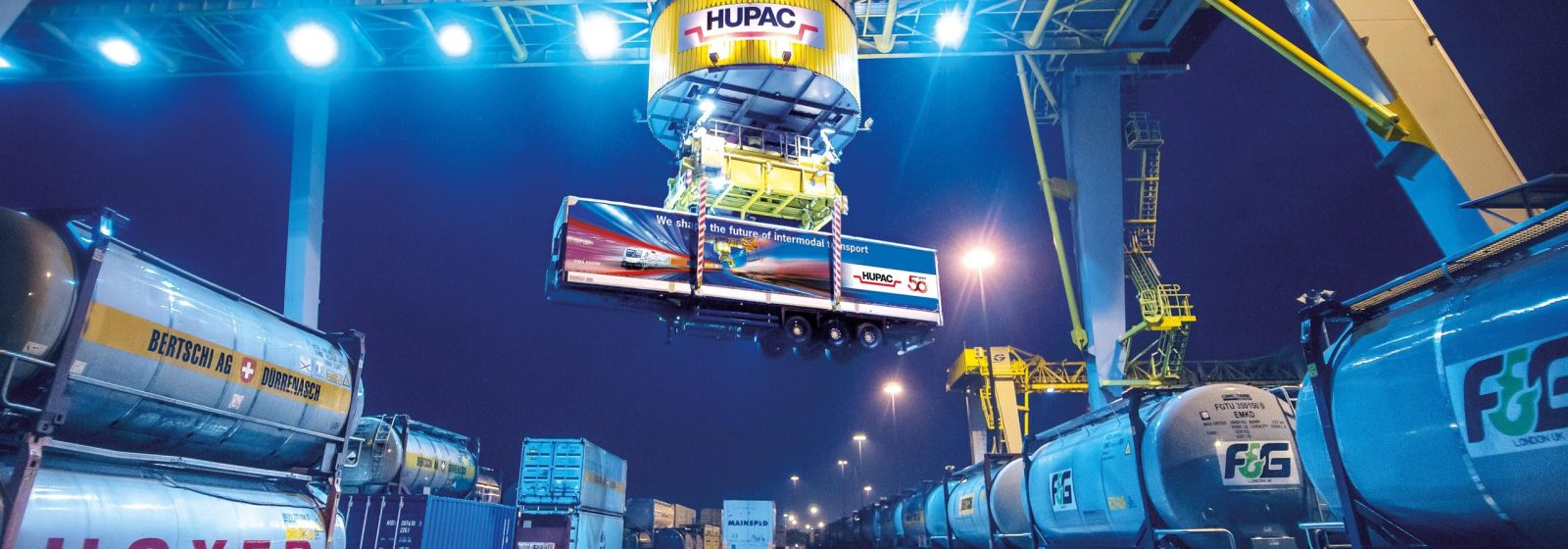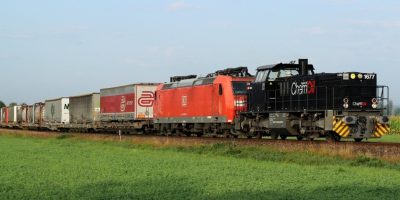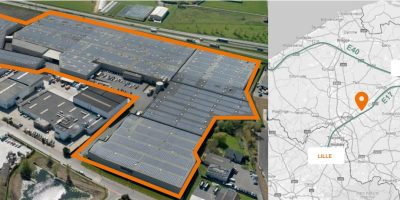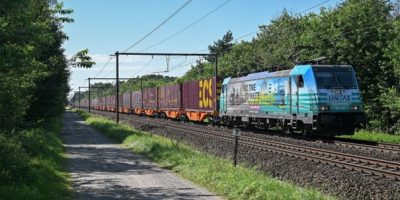
Rail operator Hupac transported a total of 975,000 units in combined rail/road transport last year. This is down 11.7% from 2022 due to falling demand, price increases and inadequate infrastructure.
The 975,000 combined transport units represent the equivalent of 1.866 million teu. All segments shared in the negative trend in volumes, although there were differences between them. For instance, the decline in the core market, trans-Alpine transport via Switzerland, was limited to 7.6%. 540,000 combined transport units were transported on that route last year.
Hupac attributes the disappointing traffic volumes, among other things, to falling transport demand in Europe. In addition, a number of other factors are putting pressure on the sector. One is the poor state of rail infrastructure, mainly in Germany. This leads to capacity bottlenecks, delays and trip cancellations. The rail accident in the Gotthard Base Tunnel was another such disruptive factor. Thanks to some good solutions achieved in cooperation with the Swiss railway company SBB, the impact could be limited.
We must do all we can to stop a reverse modal shift from rail to road transport
Another factor playing against the rail sector is rising costs. Double-digit cost increases are counterproductive, says Hupac. “We must do everything possible to stop a reverse modal shift from rail to road transport,” stresses Michail Stahlhut, CEO of Hupac Group. Among other things, he refers to the unexpected reduction in subsidies for the carriageway allowance in Germany. As a result, market conditions for combined transport are worsening. He warns that the additional costs will be passed on to the market.
Rhine Valley alternative
Hans-Jörg Bertschi, chairman of Hupac’s executive board, calls attention to the alternative route for the Rhine Valley via France. “The Lauterbourg-Strasbourg-Basel and Antwerp-Metz-Basel routes are crucial for modal shift. They represent an alternative to the Rhine Valley and should be developed as a priority for freight transport,” he says. He also argues for the construction of parking tracks where trains can wait in case of rail disruption instead of being scrapped.
Future strategy
Despite the difficult economic situation, Hupac remains committed to climate-friendly combined transport. The European network is being adapted to the market situation. In some cases, departures are temporarily consolidated. Other services are then expanded. This is among others the case on the route between Zeebrugge and Northern Italy, where recently additional departures were announced to Novara and Busto Arsizio and a new connection to Piacenza.
In addition, the operator is working on longer and heavier trains, efficient terminals and wants to strengthen competitiveness by promoting private rail operators and digital transformation.




